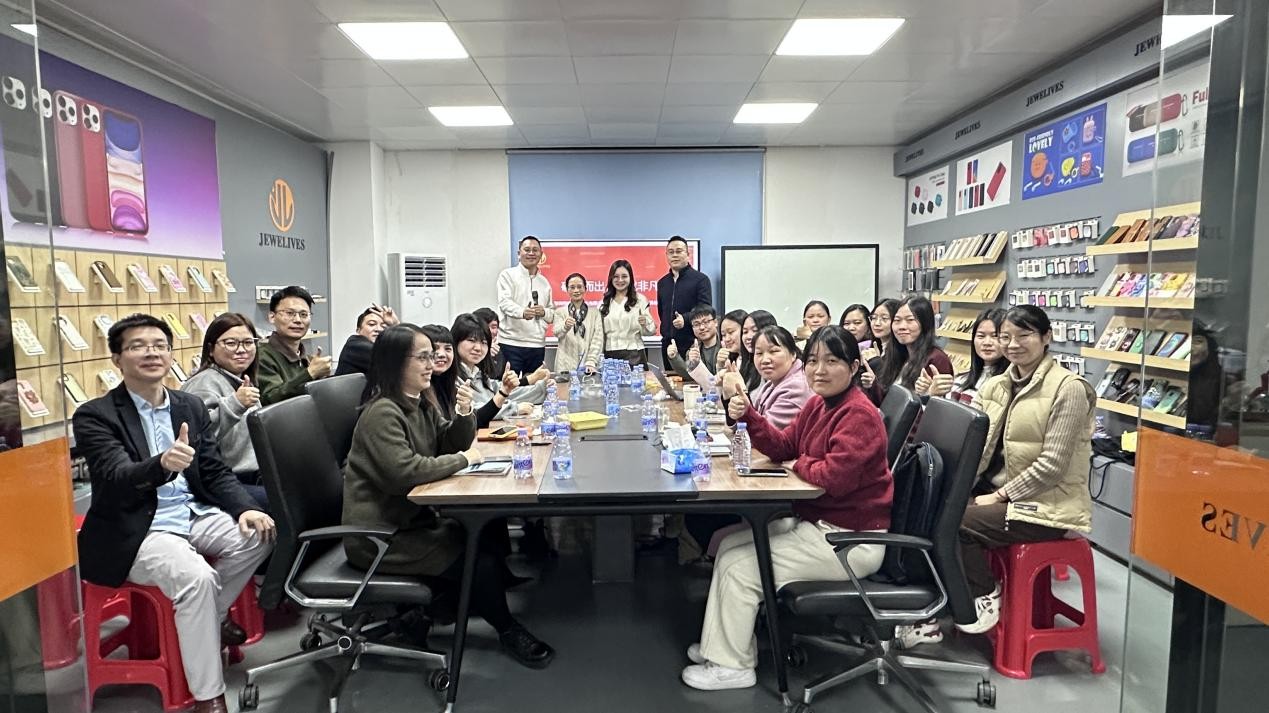内容
Silicone and rubber are both widely used materials, each with its own set of properties and applications. However, silicone has gained significant popularity in recent years due to its numerous advantages over traditional rubber. This article delves into the reasons why silicone is often considered a better choice, examining its chemical stability, safety, durability, and versatility.
Chemical Stability and Durability
One of the key reasons why silicone is preferred over rubber is its exceptional chemical stability. Silicone is composed of silicon, oxygen, and various organic groups, forming a robust structure that is highly resistant to chemical reactions. This stability allows silicone to withstand exposure to a wide range of chemicals without degrading, making it ideal for use in environments where rubber might break down or lose its functionality.
In terms of durability, silicone exhibits superior performance in both high and low-temperature conditions. It can maintain its properties over a wide temperature range, typically from -100°C to 350°C. This wide temperature tolerance makes silicone suitable for applications where rubber would fail, such as in high-temperature industrial processes or in cold environments like the Arctic.
![]()
![]()
Safety and Health Considerations
Safety is a paramount concern for consumers, and silicone offers significant advantages in this regard. シリコーン is non-toxic and hypoallergenic, making it safe for use in products that come into contact with the human body. This property is particularly important in the medical and food industries, where silicone is extensively used.
In the medical field, silicone is used for a variety of applications, including catheters, implants, and prosthetics. Its biocompatibility ensures that it does not cause adverse reactions or infections when implanted in the body. Similarly, silicone is widely used in the food industry in cooking utensils, tableware, and food storage containers. Its non-toxic nature ensures that it does not contaminate food, providing consumers with peace of mind.
Versatility in Applications
The versatility of silicone is another factor that sets it apart from rubber. Silicone can be easily molded into various shapes and forms, allowing for a wide range of applications. Its flexibility and elasticity make it suitable for use in products that require a certain degree of flexibility, such as seals, gaskets, and hoses.
Moreover, silicone’s ability to maintain its properties under extreme conditions makes it ideal for use in industries such as aerospace and automotive. For example, silicone is used in aerospace applications for its ability to withstand the harsh conditions of space, including extreme temperatures and radiation. In the automotive industry, silicone is used for engine components, fuel lines, and electrical insulation due to its resistance to heat and chemicals.
Environmental Impact
Environmental considerations are increasingly important to consumers and businesses alike. Silicone is a more environmentally friendly option compared to rubber, primarily because it can be recycled and reused. This reduces the amount of waste generated and helps to minimize the environmental impact of production and disposal.
Additionally, the production process for silicone is generally more environmentally friendly than that of rubber. Silicone is derived from sand, which is an abundant resource, and its production involves fewer harmful chemicals and byproducts compared to rubber production. This positions silicone as a more eco-friendly option for consumers who prioritize sustainability.
Aesthetic and Sensory Appeal
From a consumer perspective, the aesthetic and sensory appeal of products is also a significant factor. Silicone products often have a smooth, soft texture that is pleasant to touch, making them more appealing for use in products such as kitchen utensils, toys, and personal care items. The material can also be easily colored and designed, allowing for a wide range of visually appealing products that cater to consumer preferences.
Furthermore, silicone’s non-stick properties make it an attractive choice for cookware and baking molds. This feature not only enhances the functionality of these products but also contributes to their overall appeal, as consumers appreciate the ease of use and the ability to create perfectly shaped baked goods.
結論
In conclusion, silicone’s superior chemical stability, safety, durability, versatility, and environmental friendliness make it a better choice than rubber in many applications. Its ability to withstand extreme conditions, maintain its properties over a wide temperature range, and provide a safe and non-toxic option for consumers and industries alike sets it apart. As technology continues to advance and consumer preferences evolve, silicone is likely to remain a preferred material for a wide range of products and applications.



